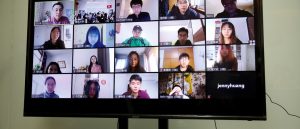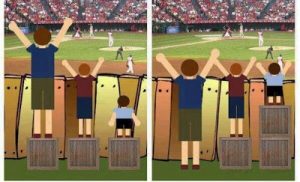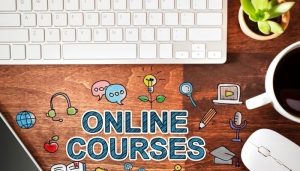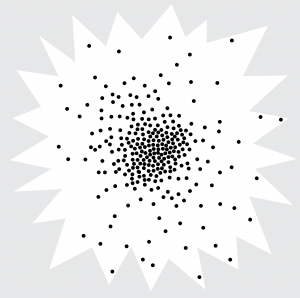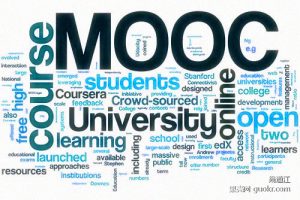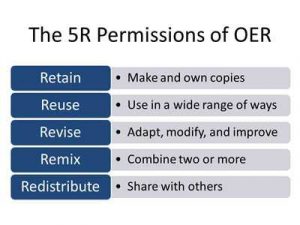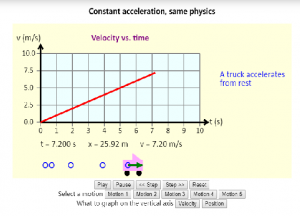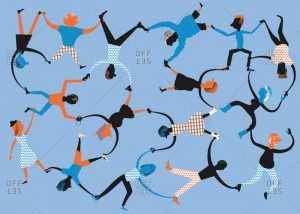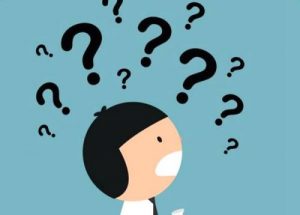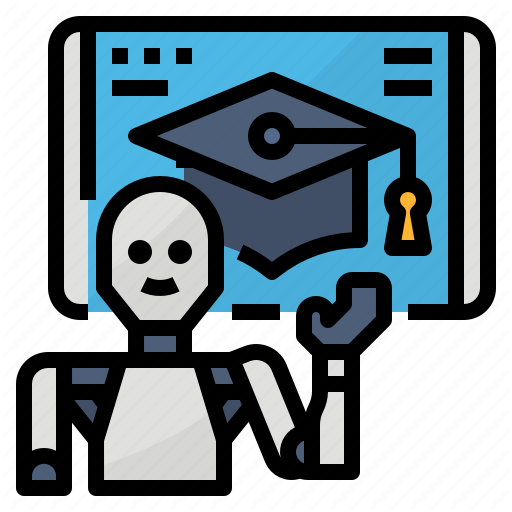
As education is a critical factor in our daily life, it is always updating and integrating. New educational methods are created rapidly. Now a day, we have Entering the “Internet +” era. The online education industry is booming, and the latest technology is being continuously introduced into the field of online open learning education. Major educational institutions have originated the integration of new products consist of technology like Live broadcast, big data, adaptive learning, personalized recommendations, etc. we are now standing at the crossroads of technology and humanities. With the development and popularization of artificial intelligence, online education has opened the era of artificial intelligence. I deeply believe Artificial Intelligence can strongly support distributed and open learning.
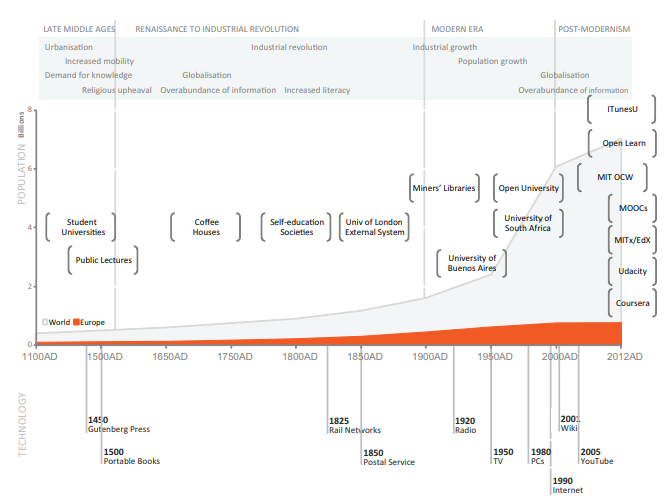
Artificial Intelligence is a new technology that simulates, extends, and expands human intelligence theories, methods, technologies, and application systems. The core of Artificial Intelligence is a set of deep learning systems. In the short term, it is still fresh compared to other more fully developed learning methods. The Artificial Intelligence we have now is just a tool that is utilized by human beings, it just a capacity so far. But if we investigate some specific areas, we will notice that Artificial Intelligence can do better than human beings. With the help of Artificial Intelligence, the human beings can just tell the machine what they are looking for, the machine will then constantly adjust and optimizes itself so that it can achieve the results that human has requested. Artificial Intelligence has already been used in many different areas such as Texas Hold’em, I-go, object recognition, voice recognition, etc. Artificial Intelligence has been widely used in various business scenarios such as Amazon’s product recommendations and Google’s image searching engine, etc.

In the field of education, there exist two major criteria that people have always been concerned about: First, the fairness of education. And second, the versatile of education.
If the combination of the Internet and education provides human beings a theoretical solution to educational fairness, then the combination of Artificial Intelligence and education may be the only feasible solution to achieve the goal of personalized education. The concept to teach students following their aptitude of Confucius is likely to be realized with the promotion of Artificial Intelligence technology. The integration of information technology and the realization of digital transformation is an important guarantee for “developing a fair and quality education environment”, and it is also the only way for educational modes to reform and evolution.

The development of digital education is more than just to replace the blackboards with projection screens, or to upgrade handwritten lesson contents to presentations. Information technology and Artificial intelligence have provided a great contribution to education that has been reflected in teaching methods, etc.
On the first level, the educational organizations and institutions should actively learn and use the latest information technology, whether it is big data, the Internet of technology, or artificial intelligence, mixed reality, so that the teaching content, teaching methods, and teaching scenarios can be upgraded faster and more close the immediate needs of different students. Instructors will then be able to teach students according to their aptitude and to provide students with education methods that have been customized. The interactive characteristics of media and technologies play a key role in online open education. With the help of Artificial Intelligence, it would make customization easier.
Artificial Intelligence helped its designer to discover some interesting user’s behaviors: For example, designers are able to get the conclusions like “The average learners are only willing to spend about 8 minutes to practice, but willing to spend more than 10 minutes to review.” Another example is, “learners from the same age groups, same regions, or nationalities sometimes are more likely to have the same kind of problems.”
On the second level, the addition of new educational technology can make the bond among the organizations, the institutions, the instructors and the students shorter. with the interpretation of technology, students’ feedback can be provided to teachers in real-time, students can also get teacher’s first-time Guidance to comprehensively improve the efficiency and quality of all aspects of the education process.
The third level concerns the operating costs of education. As we all know, offline education consists of many resources from the education location to transportation fees. Those fees can be expensive sometimes. Today, with the power of science and technology, all forms of education and educational content can be customized, and costs can be greatly reduced. This way, more people can enjoy high-quality educational resources at less cost.
The fourth level is usually ignored, but it is highly related to the present competitiveness and future development potential of educational organizations and institutions. Therefore, through digital transformation and the utilization of artificial intelligence, big data, mixed reality, and other technologies will empower teachers. Furthermore, artificial intelligence can reduce part of the heavy work of teachers. Teachers will then have more time to exploit their enthusiasm and creativity in teaching and train more students. This means that more time is devoted to the personalization of education toward students. This will create a win-win situation for individuals, schools, students, parents and even society.
Artificial intelligence’s market entry point is to help teachers in the real world save a lot of time in repetitive labor, such as urging students to do exercises, correcting and correcting mistakes. Interestingly, the machine can even do these things better, Machines always take the trouble and stand by at any time.

Artificial Intelligence also helps discover Student differences with respect to learning with technologies. Artificial Intelligence will learn the weaknesses of different students Through the feedback of students. The machines never get tired of the heavy work of teachers. They are ready to take the task anytime for students and are always waiting for students. They will not be emotional to students. When the algorithm finds a weakness of students, it will give the student guidance and related exercises to conquer this weakness. This is the concept of “adaptive learning” that has been very popular in recent years.
These all are the benefits brought to human beings by Artificial Intelligence and big data to help them better design education products. Many professors and experts related to Artificial Intelligence are also involved in designing Artificial Intelligence.
With the rapid development of artificial intelligence in recent years, many people started to worry about future career changes that might happen. In my opinion, education is the best approach to eliminate everyone ’s worries, because education can stimulate people ’s potential and creativity and make human the irreplaceable existence. nowadays, the world is changing rapidly, and the update and iteration of knowledge are also changing overnight. Technological innovation can create a fairer and higher-quality educational environment.
Of course, the development of technology can help reduce the phenomenon of injustice in education, but to eliminate imbalances fundamentally, it requires the joint efforts of many parties in society.

Why is the role of the human being irreplaceable? Artificial Intelligence can indeed liberate a lot of repetitive human labor, but it can be seen from the requirements of content and service of the solution of Artificial Intelligence incorporate with the education that the human factor is very important. For example, to complete the reconstruction of the content, you need a teacher. complete the reconstruction of the content is an extremely heavy workload, and it has to be constantly updated every year.
The effectiveness of the output of machines depends on human beings. The machine is cold, but the person is emotional. A human passes cares to each other and it will be better to be accompanied by people in learning. Thus, we can conclude that the concept of Humanizing online learning is very important.
Throughout the process, we must balance the relationship between people and machines. We need to optimize both experience factors and cost factors. If the experience is good but the efficiency can’t keep up, then the overall value can’t be played, and vice versa.
It is clear that people are taking ai for grande, and will put effort into improving it constantly. I believe Artificial Intelligence will develop at an even faster pace overnight. I am excited to see the change that Artificial Intelligence brings to us. And I strongly believe the process of learning will become more interesting and enjoyable with the addition of ai.
References:
- http://chinaplus.cri.cn/news/china/9/20190517/290318.html
- https://edtechuvic.ca/med/wp-content/uploads/sites/3/2019/11/23-147-4-PB.pdf
- https://medium.com/point-nine-news/what-does-alphago-vs-8dadec65aaf
- http://www.iworldonline.com.au/the-promise-and-pitfalls-of-ai-for-education/
- https://pressbooks.bccampus.ca/teachinginadigitalagev2/chapter/pedagogical-roles-for-text-audio-and-video/
- https://www.extremenetworks.com/extreme-networks-blog/in-the-algorithmic-age-ai-is-changing-education/
- https://www.iconfinder.com/icons/5170966/ai_artificial_education_intelligence_icon
- https://en.wikipedia.org/wiki/Go_(game)

